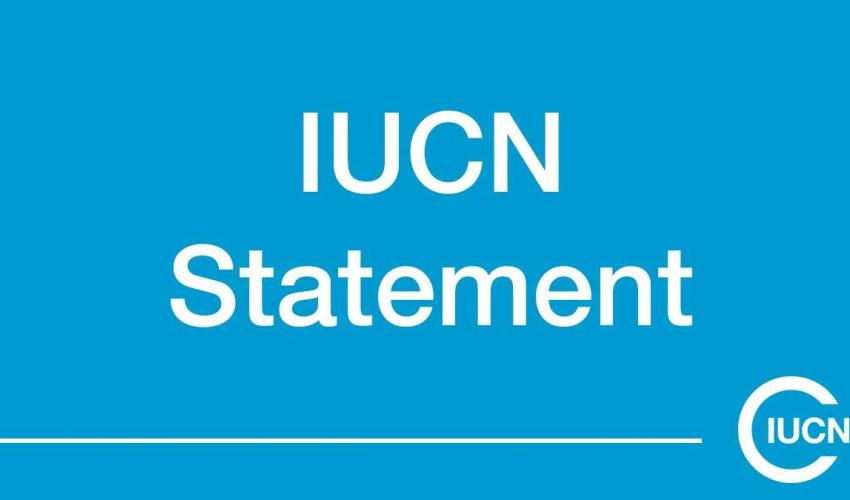Learning Community for the effective management of Privately Protected Areas in Central Chile
CEESP News: by by WCS Chile**
WCS-Chile and the Ministry of Environment developed the first Learning Community on protected areas planning in Central Chile. Public and private managers built capacities and knowledge regarding the elaboration of Management Plans for their areas in a unique space of shared learning and exchange of experiences.

The photo is from one a field trip with the "Comunidad de Aprendizaje" to a Private Reserve in the Central Andes. In the picture we can see one of the members of the management team of the Private Reserve showing the map and some of the risk points of the area to the rest of the participants.
Photo: Misque Hoare, WCS
Photo from a field trip with the "Comunidad de Aprendizaje" to a Private Reserve in the Central Andes. In the picture we can see one of the members of the management team of the Private Reserve showing the map and some of the risk points of the area to the rest of the participants. Photo by Misque Hoare
The Privately Protected Areas (PPA) in Chile are of exclusive responsibility of the landowners, whose conservation efforts are commonly self-managed with limited resources and technical capacities. This gap has been widely identified in Chile and motivated an alliance between WCS-Chile and the Ministry of Environment (ME)- institution that oversees the proper management and administration of the PPA according to the national and regional goals-, to develop a capacity building initiative for public and private managers linked to 10 PPA in Central Chile. This initiative was consolidated through the first Learning Community for Effective Conservation Planning in Privately Protected Areas in Central Chile.
The Learning Community was developed through a methodology that involved capacity building activities related to specific contents, field trips and community building activities to strengthen relationships among the participants and to promote a collective learning environment. The technical contents were based in the methodology of the Open Standards for the Practice of Conservation (OE) that offers a road map to guide conservation efforts, for example, biodiversity management in a protected area, promoting an objective, planned and focused allocation of resources in the search for explicit conservation outcomes.
The Learning Community was developed through a long-term process of 16 months of work between 2018 and 2019. During this time, five on-site sessions were carefully planned and implemented, in addition to online communication between session through a virtual platform of the ME. The Learning Community was formed by 25 people, including landowners, managers and advisors of 10 PPA, as well as regional officials of the ME and other key stakeholders from the areas.
Throughout the sessions, the participants were able to acquire knowledge and practice in the use of the OE to design the Management Plan for the effective conservation of their areas. In addition, the participants were able to built community, share experiences regarding the management of their PPA and finding support in the difficult duty of doing conservation in their areas. The regional officials of the ME on the other side, were able to increase their capabilities and knowledge to make a better judgment at the time of evaluating the feasibility and pertinence of the management plans, in relation with the regional and national conservation goals.
One of the lessons learned during the project is the importance of take care of the process and not only focus on the contents, carefully planning every session to generate meaningful meetings that promote the exchange of experiences and learning among the participants. It is also important to value and embrace the heterogeneity of knowledge and experience of the participants, considering the proper time to assimilate the contents.
The Learning Community constitute a replicable experience in different contexts and territories, creating a unique space to promote a shared learning and exchange of experiences to foster new regional networks of collaboration among conservation managers, which might help to advance with new strength in the biodiversity conservation agenda. This experience is also a clear example of collaboration between an NGO with vast experience in conservation and a government institution with a recent environmental institutionality, working together towards achieving their own goals and the effective conservation of biodiversity in Chile.
** Thienel, Mariana1 Silva, Claudia1 Eguren, Antonieta1 Carmody, Melissa1 Guijón, Rodrigo1 Álvarez, María Eliana2 Flores, Diego2
1. WCS-Chile y 2. Ministry of Environment of Chile



